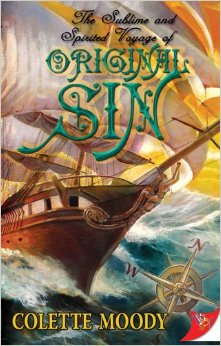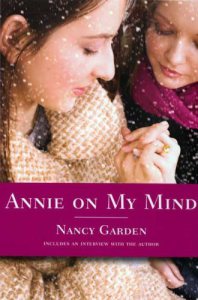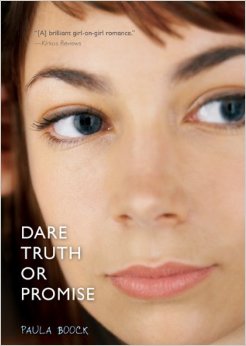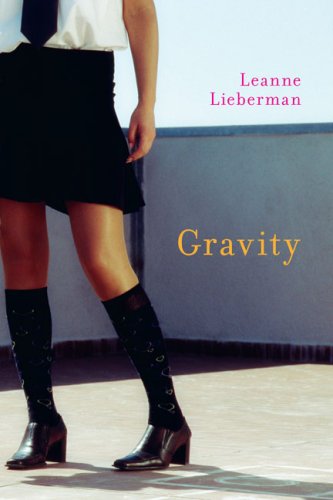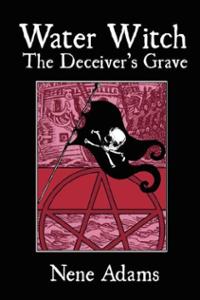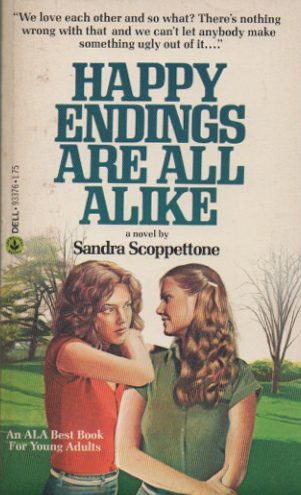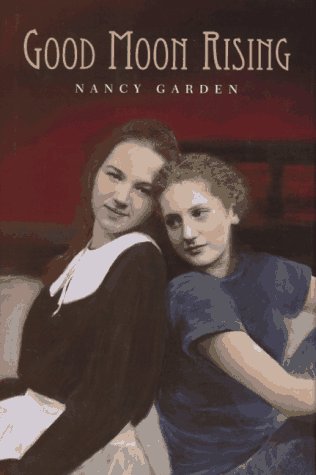Readers who like an entertaining and witty read about female pirates and swashbuckling adventures will find The Sublime and Spirited Voyage of Original Sin by Colette Moody as a good starting point. With two lesbian leads, this book will appeal to some who, like me, can’t get enough of lesbian/pirate fiction.
In 1702, Gayle Malvern, a pirate captain’s daughter, must take command of the ship, Original Sin, when her father is wounded in a battle. She orders her men to go into town and kidnap a doctor to help heal the injured. The doctor’s fiancée, Celia Pierce, is kidnapped instead for her skills as a seamstress while her spineless betrothed cowers in the next room. After Celia tends to the wounded, she and Gayle become better acquainted. Both are drawn to the other, though they playfully banter and play hard to get. When Gayle is asked to rescue a woman kidnapped by slave traders, Celia decides to come along for the adventure. Both women, besides meeting colorful people, experience a storm at sea, sword fights and ship battles. All the while, their love for each other becomes more evident.
Original Sin is purely a fun adventure novel. Some things are a bit unrealistic, like most characters being accepting of homosexuals when at that period, their attitudes would have been harsher. And the language in the book sounds more like 21st century talk than the early 1700s. But those things aside, Gayle and Celia’s story keeps the pages turning.
Colette Moody does an excellent job describing the females who broke society’s rules for women, and how they, whether they were gay, bisexual, or straight, moved on to captain their own ships or disguise as male sailors. Each woman is fleshed out as human and they have their own stories to tell. One of my favorite characters was Molly McCarthy, a young woman who had disguised as a man on two different ships, and then served on Gayle’s ship openly as a female. She was not only tough and strong-willed; she was handy with a sword and managed to get herself out of messes without assistance. She was no damsel in distress, which was refreshing.
Gayle and Celia held their own, too. The action sequences in Original Sin were different each time. One would be a daring rescue in a tavern, and another would be a skirmish on an abandoned island. Each one was engaging, and though gory in detail, the storyline had just the right amount of suspense.
There were sweet moments too, when Gayle and Celia’s love and faith in each other helped them keep going. Each woman did noble deeds and helped others in some way. Though they were technically pirates, they didn’t fit the stereotype, as they were saving lives and defending those who needed it. That made the story even more entertaining.
The Sublime and Spirited Voyage of Original Sin is definitely a good book to read on a pleasant afternoon if there is time to spare. But be prepared to be unable to put it down! With the well-fleshed out characters and intriguing story, Colette Moody adds another novel to lesbian and pirate literature.

